Charles Chaplin was born of an English father and a French mother on 8 June 1825 in Audelys, in the Eure region. Although he retained British citizenship until five years before his death, it was clear where his loyalties lay when he wrote: I am French, all French. He went to school at Lisieux College where his teacher, also curator of a local museum, noticed his artistic flair. To nurture this talent, his mother took Charles to Paris and enrolled him in the studio of Michel-Martin Drolling, a painter who had studied with Jacques-Louis David, where he spent four years. At the age of eighteen, he was accepted at the École des Beaux-Arts where he could continue his artistic studies.
His early work concentrated on portraits and landscapes, many from Auvergne, where the traditional way of peasant life remained. Depicting the daily life of peasants was a common subject at the time and is reflected in other works by artists such as Jean-François Millet and Jules Breton. His earliest watercolours date from 1848 with Saint Sebastian (after his painting shown at the Salon of 1847), La Tricoteuse (The Knitter), and a four-part ensemble of La Fileuse (The Spinner), where each woman is depicted in a different setting possibly symbolic of the time of year. These early works show Chaplin experimenting with realism, free of the idealization and frivolity that would characterize his later works.
His landscapes and peasant scenes did not occupy Chaplin for long, and he soon turned to portraiture and the portrayal of the élégante, perhaps mainly to take advantage of the growing market during the Second Empire for these self-glorifying and escapist types. He debuted at the Salon in 1845 with Portrait de Femme (Portrait of a Woman) and also showed several portraits at the Salon of 1847, with portraits of Mme C...., M. Ernest P...., M. Georges de S... (no further information is given on the persons portrayed), as well as his Saint Sebastian pierced with arrows. With the portrait of his sister, which he submitted in 1851 and for which he received a medal of the third class, Chaplin clearly broke with his earlier work. This updated style was clearly favoured by the critics, and his status rose the following year after he won a Second Class medal. As he developed this new subject, he began to incorporate mythological scenes into his work, as evidenced by a number of works he exhibited at the Salon, including Diane (1859), Diane Endormie (Diana sleeping-1863), and La Naissance de Venus (The Birth of Venus -1867 Exposition Universelle), among others. His success continued to grow and in 1865 he was awarded the title of Chevalier de la Légion d'Honneur.
His interests shifted increasingly to depicting beautiful women, the subject for which the artist is best remembered.
Chaplin's work was praised in various magazines.
His appreciation and ability to portray the "grace and elegance" he so admired made him much in demand for portraits. Financially, such a style of painting brought great rewards, paving the way for high-paying commissions to depict the wives and daughters of the growing army of the nouveau riche and ennobled bourgeoisie. His portraits and images of women captivate, they seduce. Chaplin renewed, but with less artifice, the delicacies of Boucher He has the same brilliant touch; the same spirit and the same smile. The portraits of women always light up with charming colours, always idealized in a setting of mythological allegory and pink clouds.
Chaplin was asked to decorate the "Salon de Fleurs" in the Palais des Tuileries, and in 1862, the Empress Eugénie appealed directly to him to paint her bathroom with mythological scenes. The Russian prince Demidoff ordered decorative works for his residence. He was also asked to deliver a work for the Théâtre Français, to which he sent a portrait of Mademoiselle de Seyne, an actress. Each of these commissions shows that his style was popular among the upper echelons of French political and social society.
After establishing his career and popularity, Chaplin opened his own studio where he took the unusual step of only taking on apprentices, as it was rare for women to be allowed to paint at all. Among his most famous pupils were Mary Cassatt, an American Impressionist painter, and Henriette Browne (actually Sophie Desaux), who exhibited alongside Chaplin at many salons and became one of the best genre and still-life painters of her generation.
His health began to decline in the 1880s, but he continued to paint until his last Salon exhibition in 1890. He died in Paris on 20 January 1891. Chaplin's work was typical of a style of painting that was prized by aristocrats and royalty in France for its associations with the work of the distinguished eighteenth century.


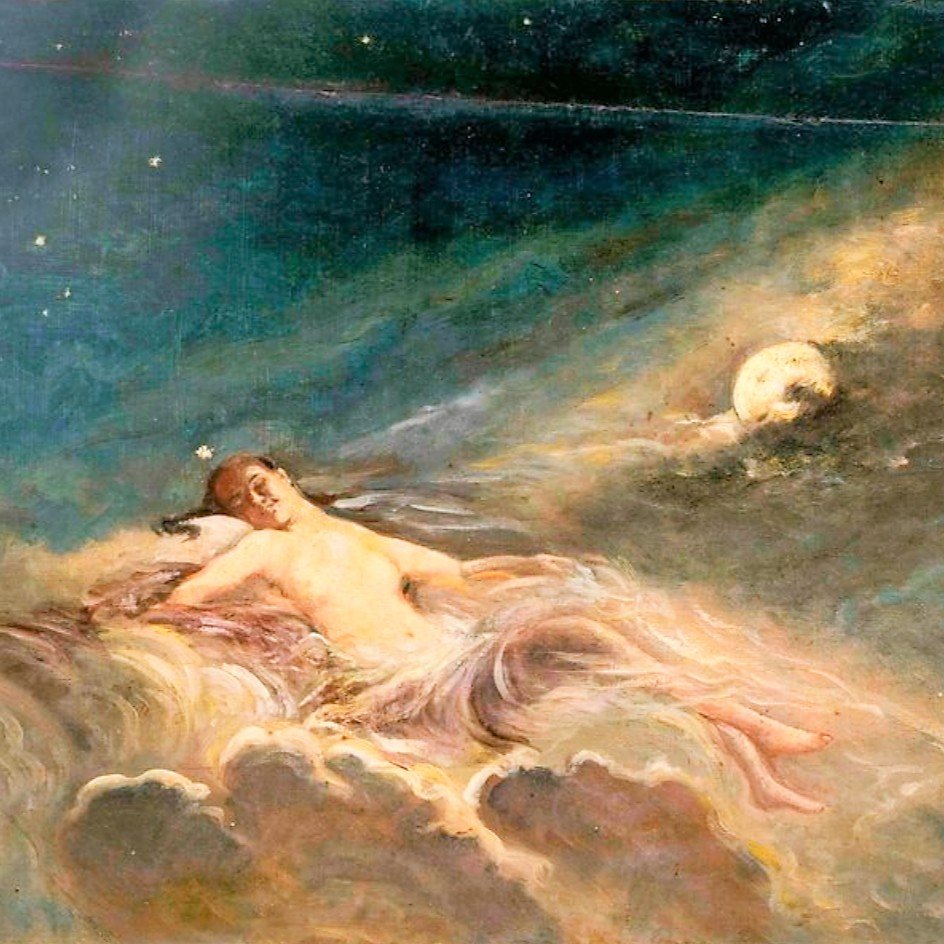
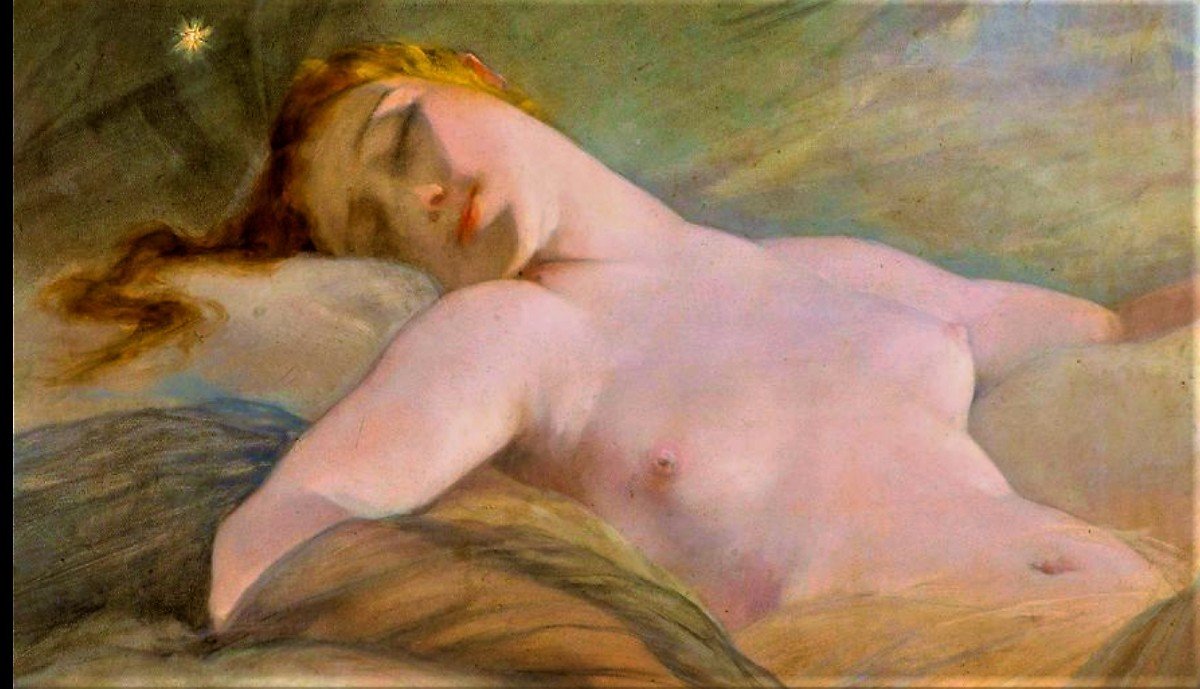
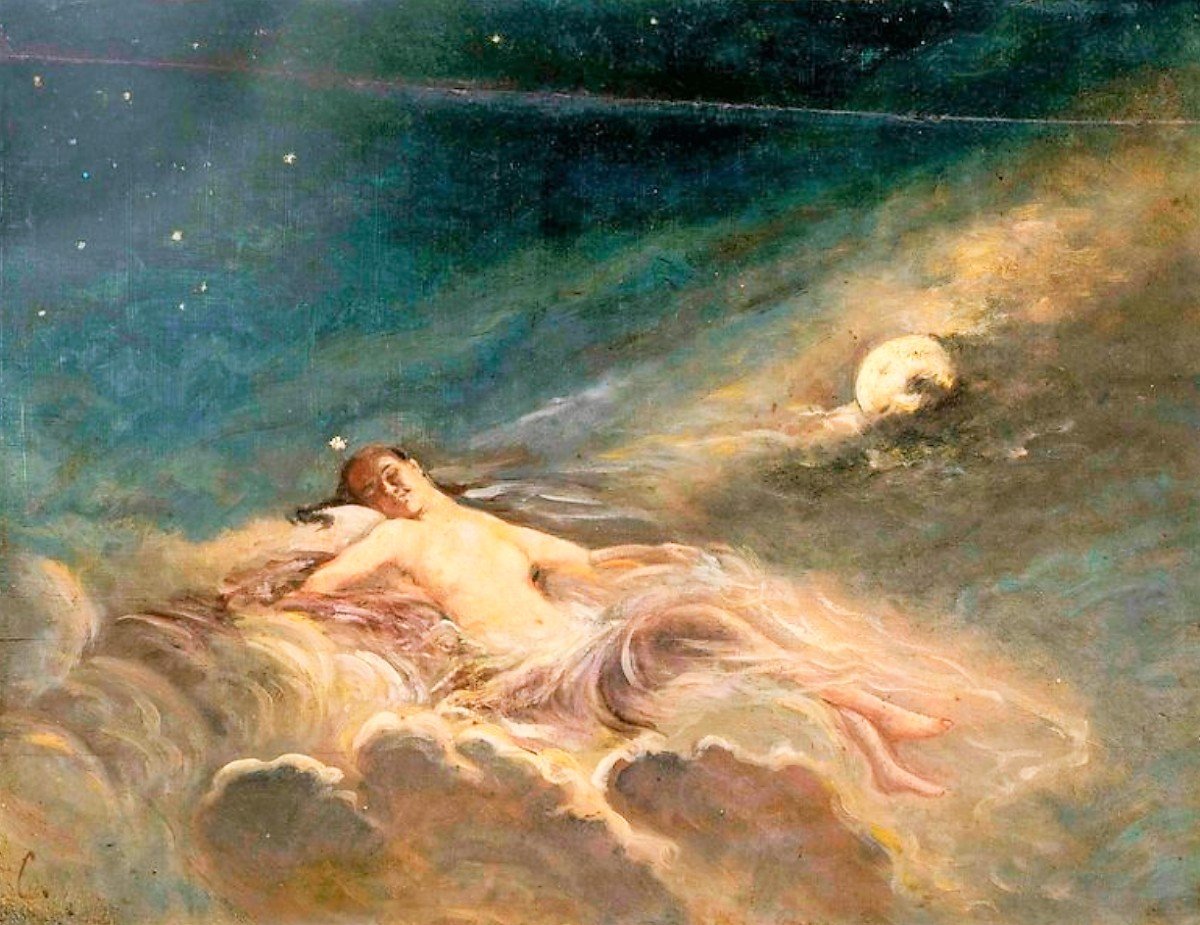







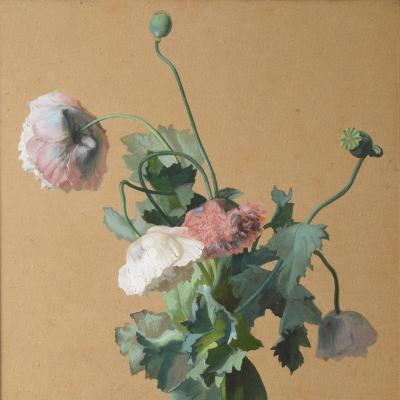
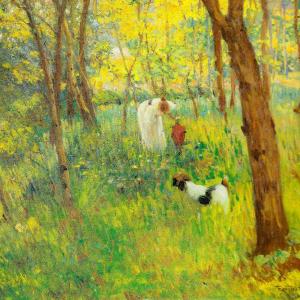
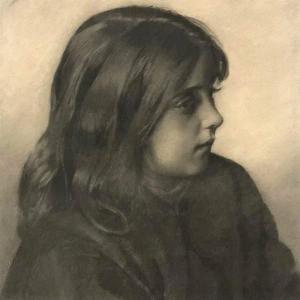
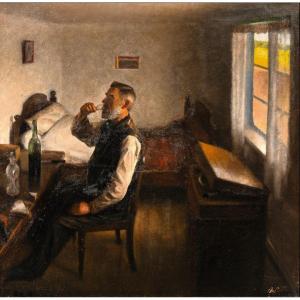




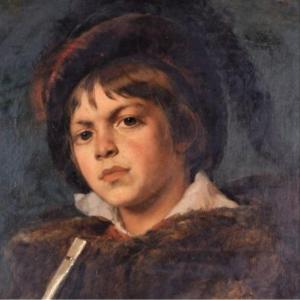


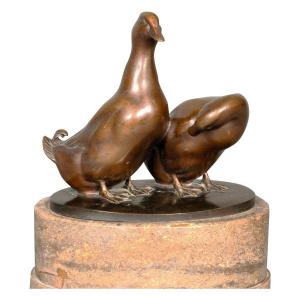
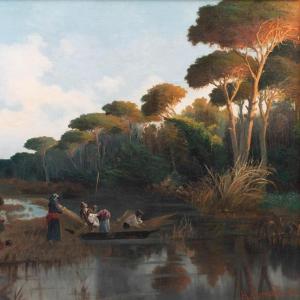

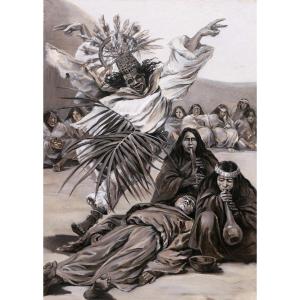






 Le Magazine de PROANTIC
Le Magazine de PROANTIC TRÉSORS Magazine
TRÉSORS Magazine Rivista Artiquariato
Rivista Artiquariato